Remaking Cities Through Adaptive Reuse
Finding new uses for outdated properties with sufficient character can give a city charm while reducing costs for the developer and offering them a competitive edge.

America’s cities have come a long way in recent years.
OK, maybe some more than others. But as developers, architects and city planners become increasingly adept at reclaiming individual cities’ identities and recognizing their unique needs, it’s made a difference in the results.
Adaptive reuse has become a useful means to that end. Applied to outdated properties with sufficient character, it can provide historic charm to the city while reducing costs for the developer—and offering them a competitive edge.
It wasn’t every developer’s plan for City Foundry in St. Louis, Steve Smith of Lawrence Group told writer Gail Kalinoski for “Can Adaptive Reuse Can Revitalize U.S. Cities?” Some proposed tearing down the 100-year-old former foundry. But “why would we tear down something that is really unique and replace it with something that is really vanilla?” he asked Kalinoski.
Federal and state tax credits, plus city funding to cover parking, allowed his firm to move forward with a multiphase mixed-use destination that retains the historical property yet provides for modern-day needs. And it’s just one of the projects rejuvenating former industrial space in St. Louis—as well as various types of space throughout the country.
Mid-20th century thinking centered around the shiny (but often uninspired), the new and what cities “should” be rather than what existing residents needed. Older buildings were razed and replaced with highways, malls, glass-clad office buildings and walls that shut out rather than invite foot traffic from the surrounding streets. Communities were changed; residents who couldn’t afford to live there were out of luck. And many of those buildings—currently empty office buildings among them—lack the character needed to consider remaking them as something else.
Over the past couple of decades, efforts shifted toward embracing historic characteristics, considering resident needs and connecting with the neighborhood. More recently, rising housing costs and post-COVID shifts in work-life preferences forced yet another examination of city identities and how space is used. In the course of this evolution, public and private entities have continued to finesse how they work together to create a practical yet creative way forward.
We’re still working through this, and the process is far from perfect. Plus, it isn’t easy or cheap, with politics, profitability and differing perspectives muddying the waters still more. But change takes time, and there are some interesting improvements out there worth studying.

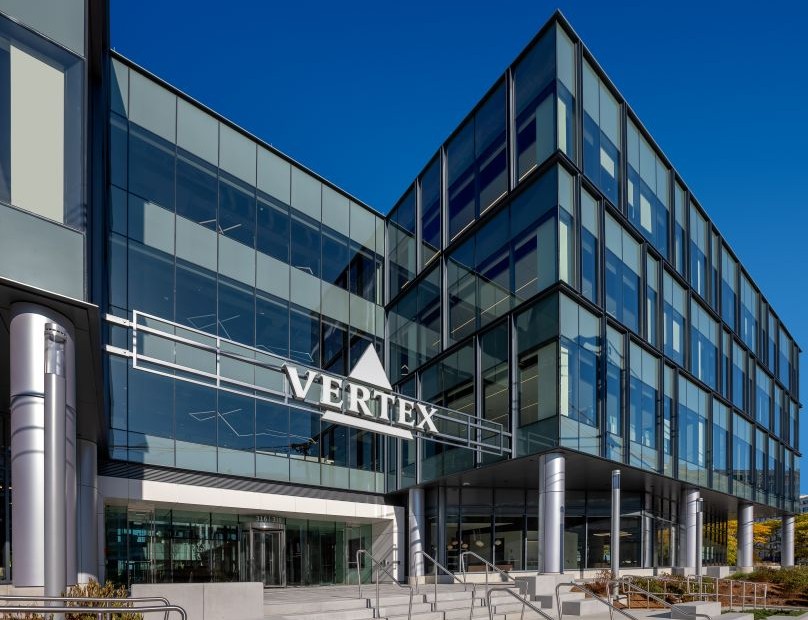

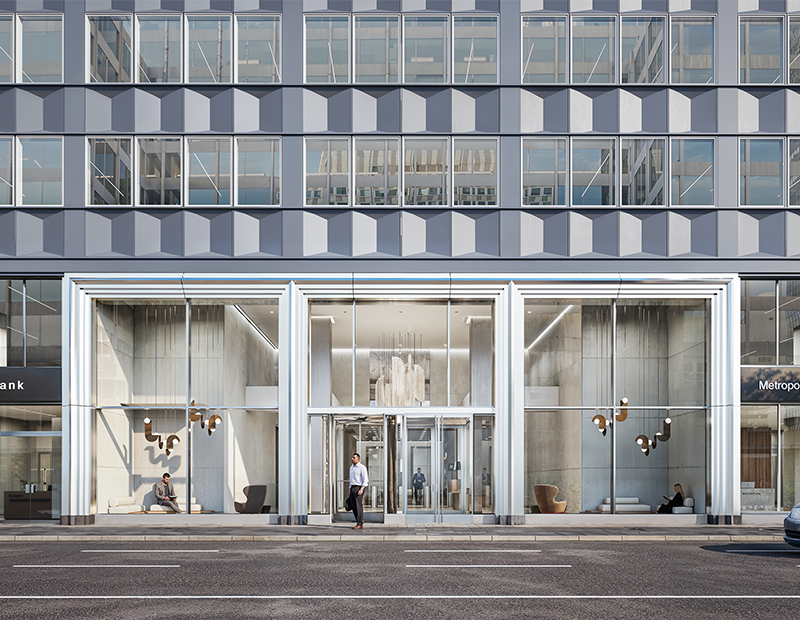
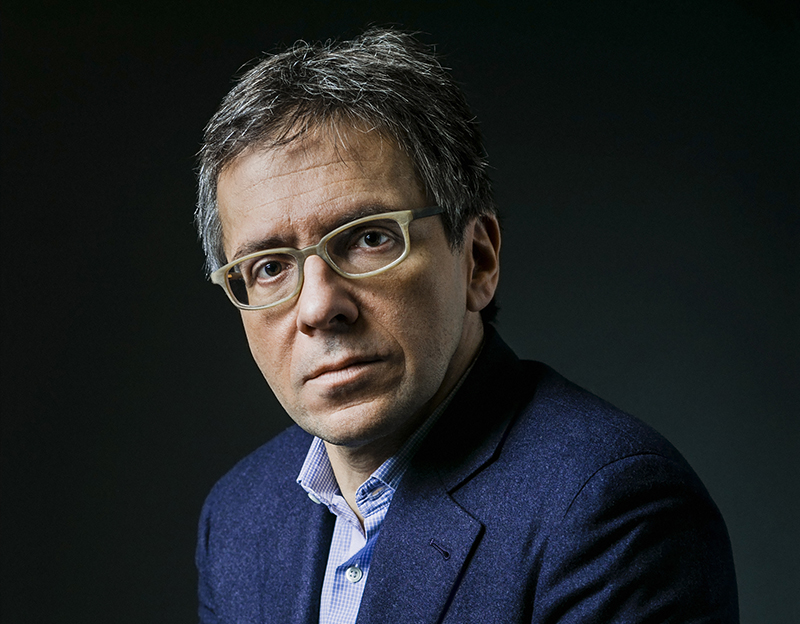
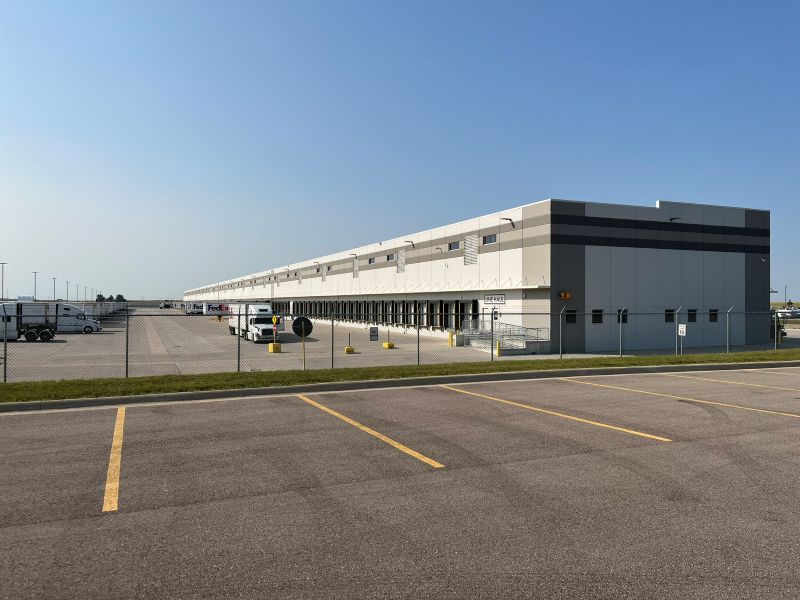
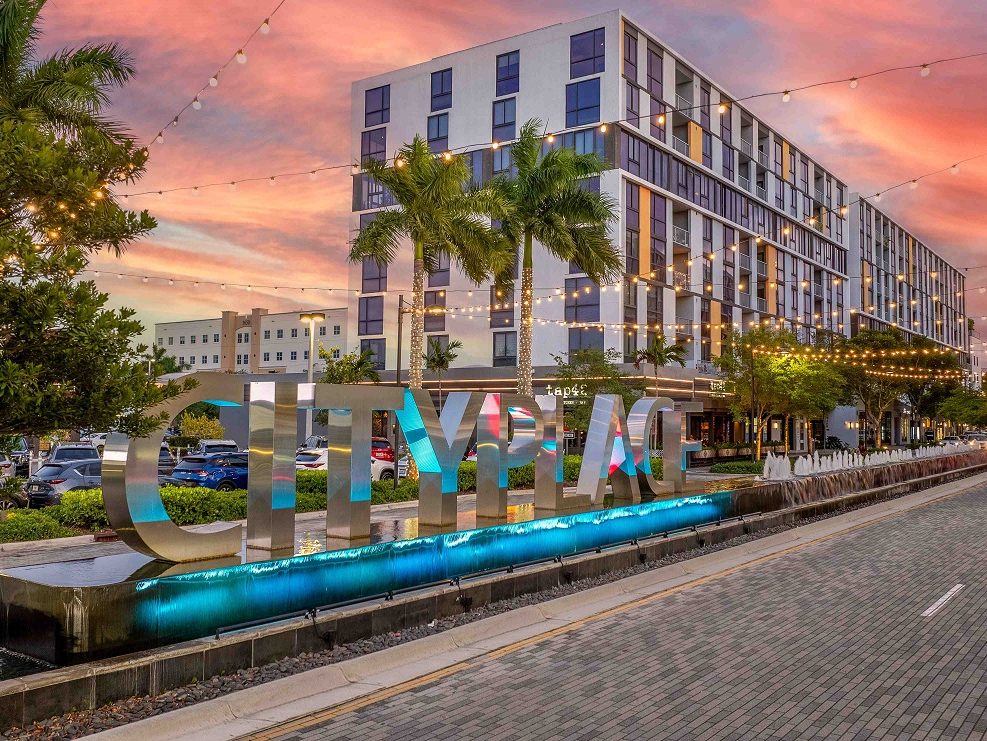

You must be logged in to post a comment.